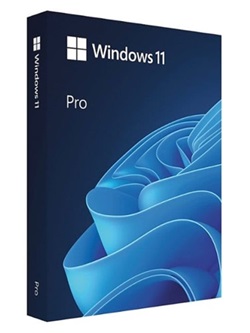Windows 11 Enterprise Overview Windows 11. The main part of this announcement was supposed to be the presentation of a significant change in the user interface, codenamed Sun Valley. As we know, a significant part of the UX changes will be borrowed from the Windows 10X shell, and Windows 10X will not hit the market. Now, as expected, information about Windows 11 begins to leak Key features of Windows 11 Enterprise Windows 11 will receive a completely new design. Microsoft clearly needs a good reason to reverse its previous statements and abandon Windows 10 anyway, introducing a new operating system number. And a completely new design is perfect for that. The Redmond giant has long been preparing a redesign for an update under the codename Sun Valley (“Sun Valley”) – apparently, this is the name Windows 11 was originally intended for. The Sun Valley project has been floating around the web for a long time – Microsoft regularly discloses details of the new interface style, industry experts share previously unknown information, and popular designers in their circles draw realistic concepts based on all this data. Startup and system items will float above the bottom bar. Start is the calling card and face of all recent versions of Windows. It is not surprising that in Windows 11 the developers will transform it again, but not so much in functional terms as in visual terms: the Start window will hover above the bottom bar. We have to admit that this small change makes the system look much cooler. Judging by the information on the web, Microsoft is not going to radically change the “internals” of this menu – the innovations will only affect the design of the window itself. The control panel will also float, and its design will be exactly the same as that of “Start”. The action center will be combined with control buttons – a similar one has long been used in some other operating systems. Almost all mentions of this new menu indicate that it will be an island: control buttons will be placed on a separate panel, notifications on another, and specific items (such as a player) on another. Right angles will disappear and will be replaced by fillets. In fact, industry insiders and concept designers disagree on this point: some are sure that Microsoft will not change its traditions and will keep the right angles, while others are convinced that in 2021 Microsoft will follow the fillet trend. The latter fits better into the definition of “completely new Windows”: moving menus are simply not enough for a new design to be considered truly new. The threads are expected to affect almost everything in the system, from context menus and system panels to all application windows. True, even on this issue the opinions of concept designers differ: some draw lines on all possible interface elements, others combine them with right angles. There will be a translucent background with blur everywhere. There are disagreements on the web about the island style of the showcase, the design of the corners and the levitation effect of the menu, but almost everyone is unanimous about the transparency of the windows. The vast majority of leaks and design renders show transparency and blur in all windows, be it at least in the Start menu or Explorer. In addition, these effects are also present in the assembly of the canceled Windows 10X operating system, which Microsoft was developing for dual-screen devices and weak gadgets in parallel with the Sun Valley project. The so-called acrylic transparency implies the use of new effects when hovering over elements, as well as increased spacing between elements: the areas of the interface with which the user interacts will certainly become larger, and the page titles will become thicker. New font that has already been shown. Windows 11 will probably use the default responsive Segoe UI Variable font, which has already appeared in Windows 10 Build 21376 for Insiders.



 33/28
33/28
Leave a Reply